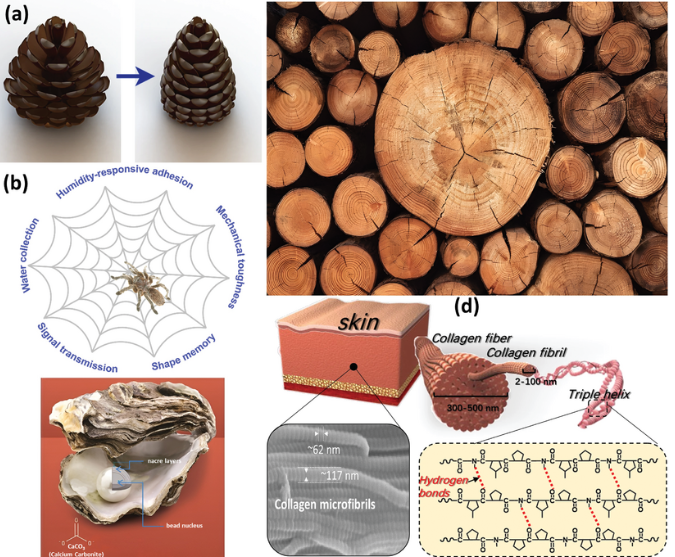Medical micro devices: Enhancing healthcare through 3D printed implants and instruments
- Aniksha Kar
- Apr 6, 2024
- 2 min read

Microscale Heat Exchangers: Energy Efficiency Through 3D Printed Solutions
In the pursuit of greater energy efficiency and sustainability, researchers and engineers are turning to microscale heat exchangers as a promising solution. These miniature devices offer enhanced heat transfer capabilities and reduced energy consumption, thanks to their intricate geometries and high surface area-to-volume ratios. With the advent of 3D printing technology, the design and fabrication of microscale heat exchangers have reached new heights, unlocking unprecedented levels of customization and performance optimization.
Traditional heat exchangers have long been employed in various industries to transfer heat between fluids while maintaining separation. However, conventional manufacturing techniques often limit the complexity and efficiency of these devices. Enter 3D printing, which enables the creation of intricate, customizable geometries with unparalleled precision and speed.
One of the key advantages of 3D printed microscale heat exchangers is their ability to tailor designs to specific applications and performance requirements. By optimizing the flow paths, surface textures, and overall configuration, engineers can maximize heat transfer efficiency and minimize pressure drop, resulting in significant energy savings.
Furthermore, 3D printing allows for the integration of advanced materials, such as heat-resistant alloys and thermally conductive polymers, further enhancing the performance and durability of microscale heat exchangers. These materials can withstand extreme temperatures and harsh operating conditions, making them ideal for a wide range of industrial applications, including electronics cooling, chemical processing, and renewable energy systems.
The scalability of 3D printing also makes it well-suited for producing microscale heat exchangers in large quantities or customizing designs for specific production requirements. This flexibility enables manufacturers to adapt quickly to changing market demands and optimize their manufacturing processes for maximum efficiency.
In addition to improving energy efficiency, 3D printed microscale heat exchangers offer other benefits, such as reduced material waste, simplified assembly, and lower costs compared to traditional manufacturing methods. As the technology continues to advance and adoption grows, we can expect to see even greater innovation in microscale heat exchanger design and applications, driving progress towards a more sustainable future.




Comments